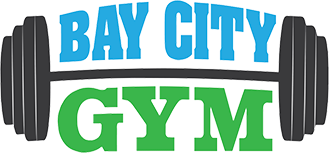Could I train smarter?
Training in the gym can take many forms- from strength training to cardio training, from circuit training to Body Building, from machines to body weight. Whichever form your training takes, could you get more from it?
Bodies are very smart and are able to perform very complex movements. Think about a gymnast doing a floor routine – they need full body strength, power, flexibility and they need to be strong in all planes of motion. It’s these planes of motion that I would like to explore in this article.
There are three key planes of motion that we think about when we are writing a gym programme:
1) The Sagittal plane: these are movements performed in the forwards and backwards direction – things such as bench press, press ups, chin ups, most of the machine weights in the gym and all of the cardio exercises.
2) The Frontal plane: these movements are those performed in a side-to-side direction – movements such as side lunges, lateral shoulder raises, side bends, etc.
3) The Transverse plane: these are movements that involve rotation – think Russian twists and cable Wood chops.

If we think back to the gymnast doing their floor routine – they will pass through all of these planes of movement in their routine, often even in just one exercise. If you think about these movements further you may realise that you pass through all of these planes of motion in most of your everyday activities such as vacuuming the floor, getting in and out of a car, throwing a ball and even just doing the weekly shopping.
The question I would like to ask you is – do you train these planes of motion in your gym programmes?
It is important to be strong for everyday activities and sport, but if you find that most of your training involves working out in the sagittal plane (this is where most conventional gym exercises work within), then I would strongly recommend training to be strong within and through the other planes of movement as well. This will make you more functionally strong and stable.
Many times over the years I have observed gym users who are really strong in exercises such as bench press, squats and bent-over rows, but still get injured regularly playing sport or even doing mundane things like getting out of the car or rolling over in bed. This is because our bodies are very clever and adapt to what we do the most of. If all your training is in one direction under load, then you will get strong in that direction. But if you have not trained your body to be strong in other directions, such as rotation, then you will be relatively weaker in that direction and therefore more prone to injury when doing that movement. If you want to be truly functionally strong, then perform exercise in all planes of motions.
We live and work in 3 dimensions of movement and your training should reflect this. If you would like to make sure you are training for real life and functional strength, then feel free to ask one of our friendly staff to have a look at your gym programme and recommend some ways to balance your training and help you take your strength to the next level.


